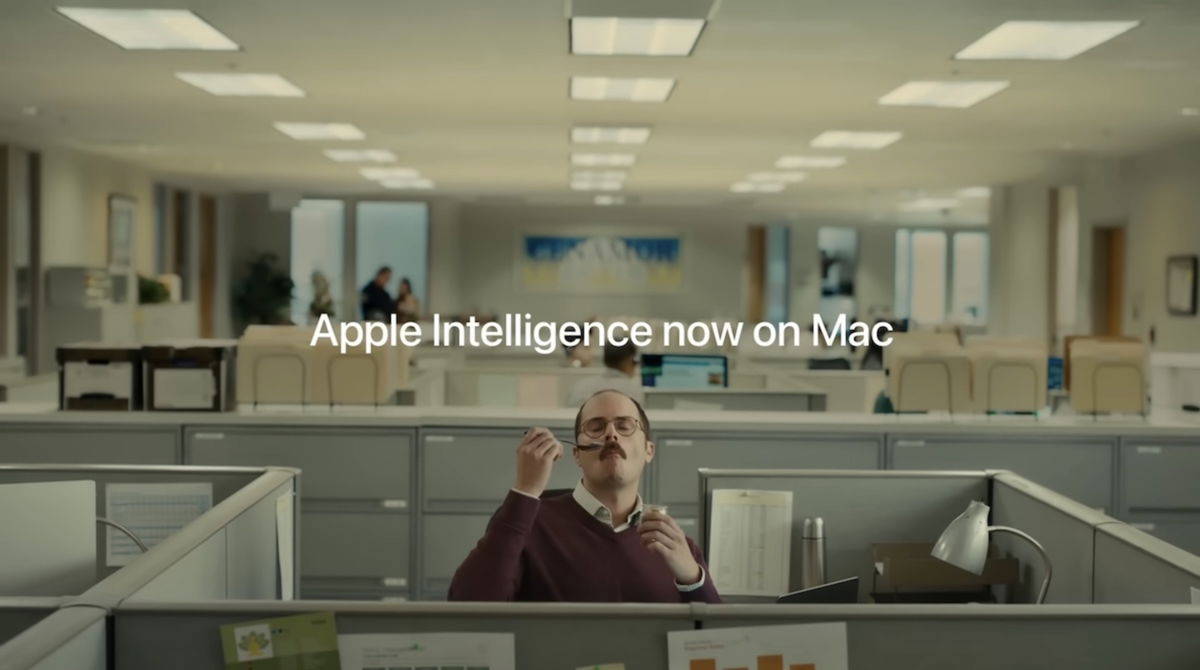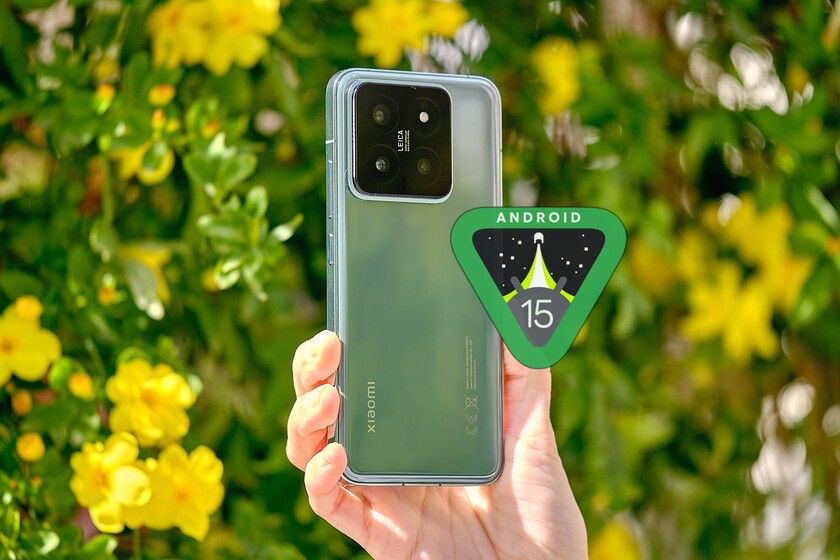The bone mobile operating systems They will never be the same again, and whether they tell that to Huawei and its HarmonyOS, or to Xiaomi itself, which abandoned the course with which it was born to embrace HyperOS. Meanwhile, Google continues to develop its platform, which reaches the fourteenth version with Android 14.
Traditionally, Xiaomi’s MIUI adapted the shape and form of the green robot system to its smartphones, updating them all. But one of the main disadvantages of the old customization layer of the Chinese manufacturer is that, despite receiving the news from MIUI, many mobile phones have remained stuck on the same Android version. Will the same thing happen with HyperOS? Let’s see what the current situation is.
Let’s go back to put ourselves in context
Xiaomi started its journey with MIUI, born as a mobile manufacturer. Since then, he has continued to update his personalization layer, providing it with more and more functions that managed to sketch out a formula that worked. Of course, she felt a little exhausted, and perhaps that’s why the Asian manufacturer decided to venture with HyperOS.


In fact, the new “operating system” (we use quotes because it’s not really new, it’s still based on Android) is quite continuous, but in our opinion, knew how to press the button
In addition, it seems to have its own identity and will be the future of not only Xiaomi, Redmi and POCO phones, but it will also be the platform on which other devices are built, such as the manufacturer’s electric car, the Xiaomi SU7. which integrates HyperOS as an infotainment system.
Leaving this introduction aside, let’s return to classy of the question. As we mentioned before, the new versions of MIUI have reached the majority of mobile phones, whether old or new (unless a model has ended its support) and with all the functions. But the basis, what is and was androidhas remained unchanged in most cases, losing everything that Google adds in the process.
Perhaps for some users it was not a drama, but the truth is that keeping our mobile phone up to date seems almost necessary to avoid problems and above all to protect ourselves from malware. This trend that Xiaomi has repeated again, especially in the entry and mid-range, has been one of the main complaints to which the brand has always been exposed.
Huawei with HarmonyOS has forgotten Android. Will Xiaomi do the same? Let’s check this
All of this leads us to wonder: will we have the same situation with the deployment of HyperOS? Or on the contrary… Will he have come to his senses and will he also update the Android version? It’s a fairly complex subject. to manage, even more so if we take into account the fact that Huawei’s strategy has been to move away from Android, to the point that it no longer takes it into account and is carrying out the development of HarmonyOS alone .
Something similar could happen to Xiaomi: forget the base of Google’s OS and gradually separate it from the future of updates. Ho wever, we were wrong to think this way. Not only do we continue to see the current version of Android in HyperOS, but it appears they will continue hand in hand. That being said, let’s get down to business.
HyperOS continues to give importance to Android:
When the first built of HyperOS timidly appeared, it was obvious that Android 14, Google’s most recent version, would be there. Because? Because the leaks referred to the update for high-end mobile phones. That’s how it happened and that’s how it happenedverified by us on a Xiaomi 13 running HyperOS.
However, to determine whether or not Xiaomi would follow the same path, we had to wait a little longer. A few months after the presentation, more modest models like the Redmi Note 12S and the Redmi Note 12 4G already have their respective updates ready (at the moment they are testing them in the Mi Pilot program), and yes, again They are built on the latest iteration of Android.


All global updates (firmware for Xiaomi phones outside China) include the latest version of Google’s operating system
The same thing happens if we look at the compilation of the entry ranges, the Redmi 12C and the POCO C55. Whatever update we have in mind, everyone takes the plunge from Android 13 to Android 14. Skipped by the Chinese manufacturer, which for the moment seems to have learned from its past mistakes.
Although, to be honest, we will have to wait a little longer for older terminals to be updated. We don’t know if Xiaomi will fulfill this task, of course it wouldn’t hurt if it succeeded, especially since it seems that the rest of the manufacturers have stepped up in this aspect.
Users place increasing importance on system updates, and this is not surprising, which is why other important players in the sector, such as Google or Samsung, have decided extend software support. Even reaching periods never seen before: Samsung promises four years of updates for the high-end, three in the case of the entry-level, while Google will update the Pixel 8 family for seven years. There, it’s almost nothing.
Xiaomi knows the importance of updates and should not miss the opportunity to convince the user concerned about the support of their devices
In reality, although it involves a lot of work, it is another way to gain new subscribers to join the new platform. In addition, Xiaomi has done a good job if we look at the extensive update policy that applies to the Xiaomi 13T and Xiaomi 13T Pro: five years of security updates.
As we have seen, the famous smartphone manufacturer He started his new great adventure on the right foot, if we look at it through the prism of software support. Their decisions will mark the future of the new platform, which will have to do everything possible to defeat other competitors who make its task quite difficult.
Cover image | Microsoft Designer with Edition
In Xataka Android | A new era begins for Xiaomi: it is the first mobile phone to upgrade to HyperOS Global starting today










